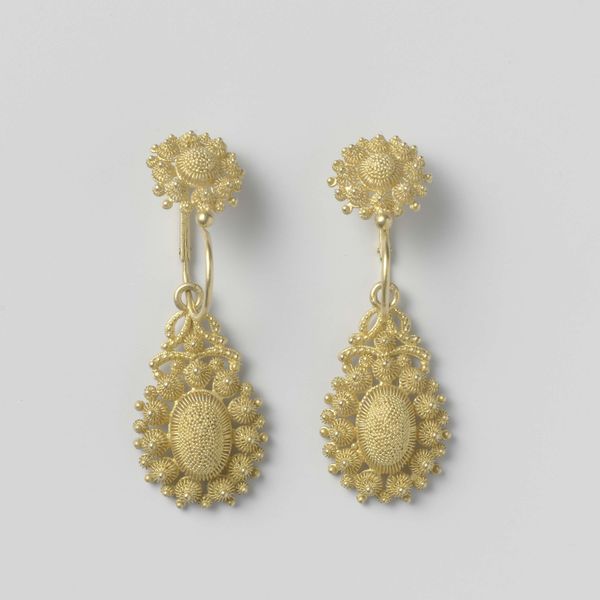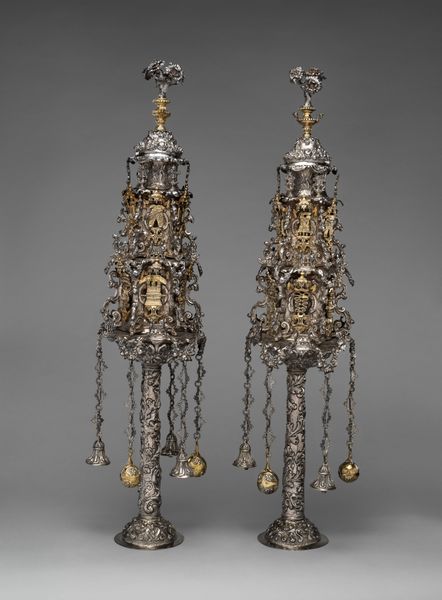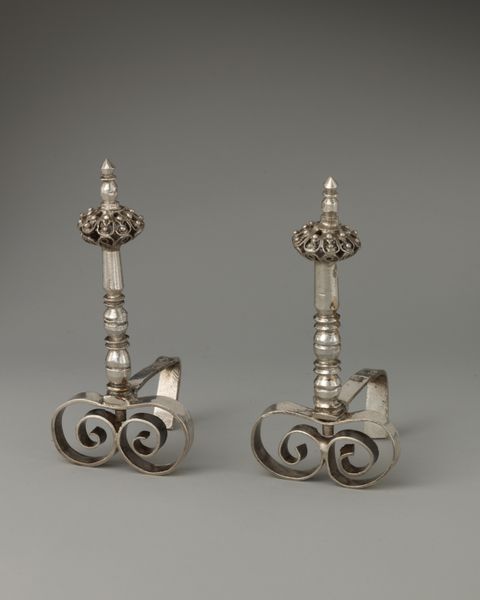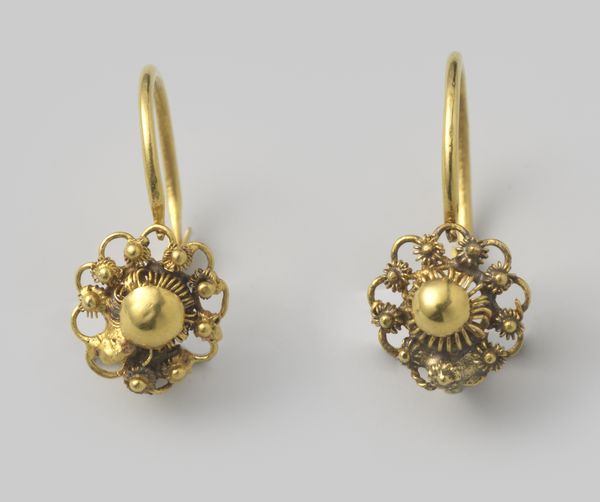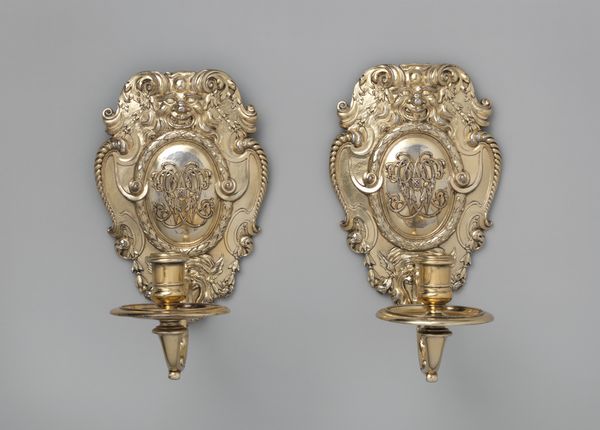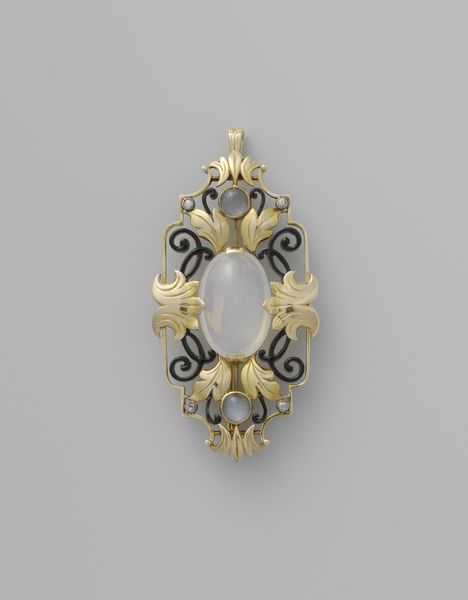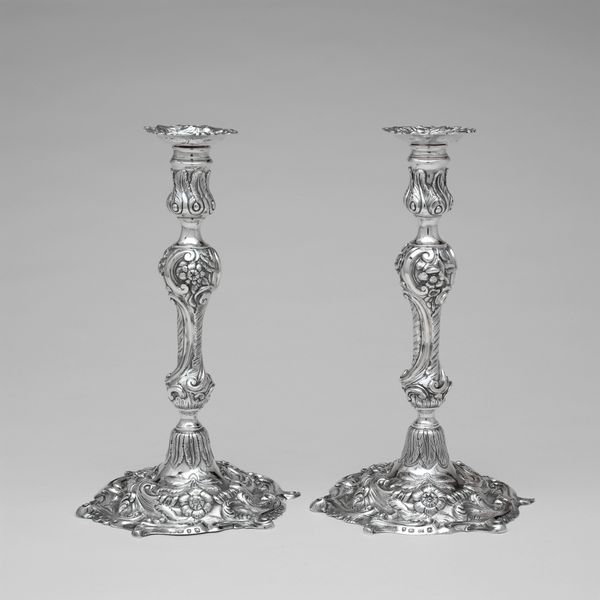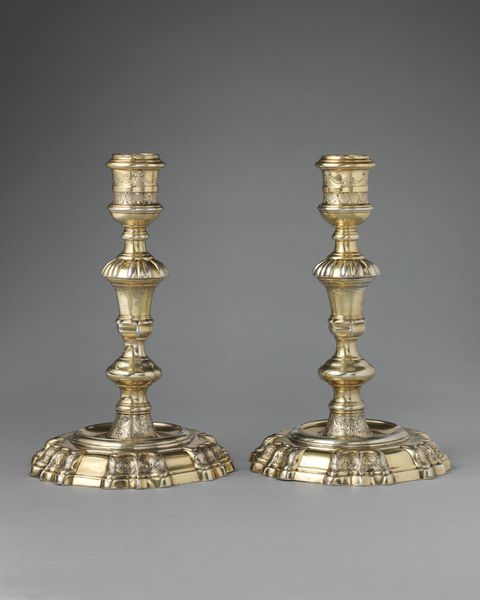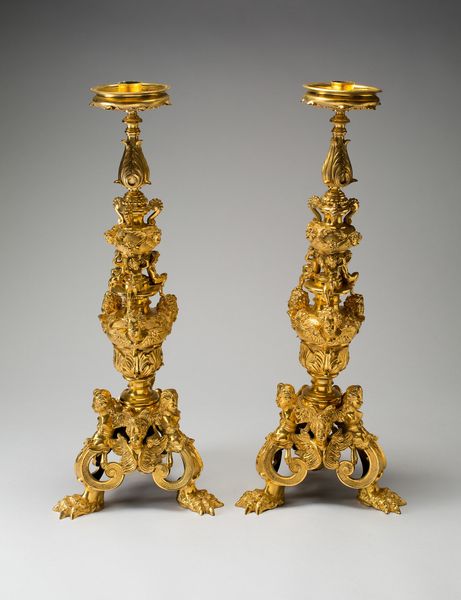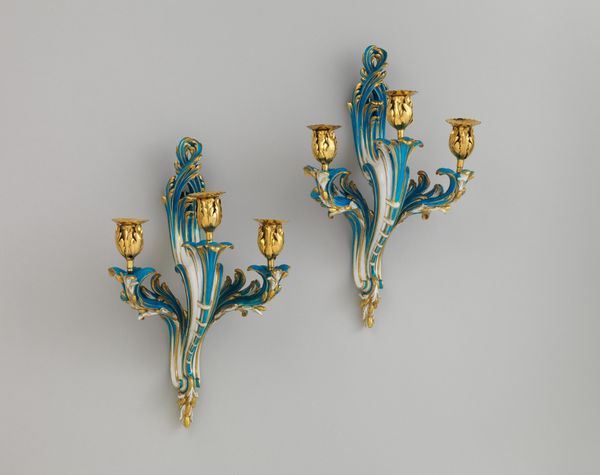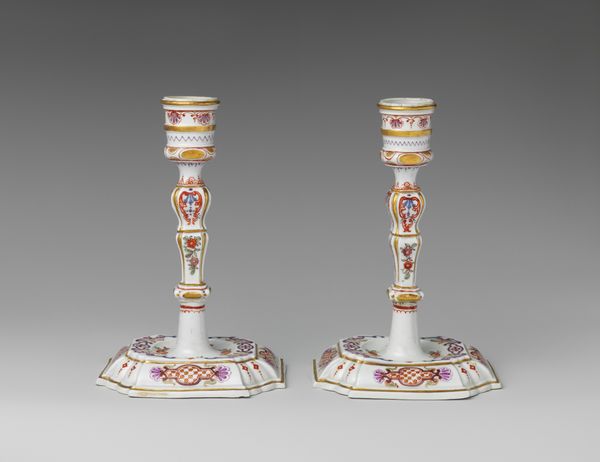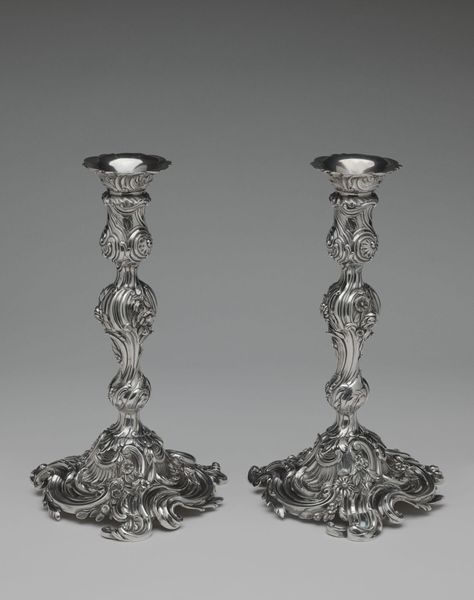
metal
#
metal
#
jewelry design
#
historical fashion
#
romanticism
#
decorative-art
#
miniature
Dimensions: height 8.5 cm, width 2.4 cm
Copyright: Rijks Museum: Open Domain
Curator: These intricate earrings, created in 1841, are attributed to F. Muhlenschmidt. What catches your eye about this pair of "Oorhanger met haarwerk," primarily crafted with metal? Editor: My first impression is somber elegance. The teardrop shape combined with what seems like fine metalwork creates an atmosphere of subdued refinement, hinting at mourning jewelry. Curator: Precisely. Hairwork jewelry was incredibly popular during the Victorian era. These earrings functioned both as adornment and deeply personal mementos, often containing the hair of a loved one, possibly deceased. Think about the societal pressures of the time and the romantic idealization of death. How does knowing this shift your perspective? Editor: It certainly adds a layer of complexity. The earrings are no longer just decorative objects, but powerful signifiers of personal relationships, memory, and the way grief was ritualized. These were tiny portable shrines in a way. Is it possible that wearing these earrings acted as a public performance of mourning? Curator: Absolutely. Jewelry has always been a form of communication, reflecting not just personal taste, but also social standing, beliefs, and allegiances. Hairwork specifically, intersected ideas around devotion, remembrance, and even the construction of femininity, playing on notions of sentimentality. It could also act as a declaration of status due to their intricacy. What sociopolitical function might it have filled for women during that era? Editor: They really are incredibly crafted objects. Thinking of Romanticism as an artistic movement during this time, it reflects an emphasis on emotion and individualism. How might those sentiments impact their value, now, culturally? Curator: The convergence of artistry and deeply personal meaning makes them uniquely compelling objects, sparking conversations about identity, loss, and remembrance across time. Editor: Seeing how they’re presented in a museum setting helps us reconsider ideas around commemoration, mortality, and how those intertwine. Curator: Indeed, framing the familiar in ways that prompt audiences to think and feel is, I hope, part of what we accomplish.
Comments
No comments
Be the first to comment and join the conversation on the ultimate creative platform.
